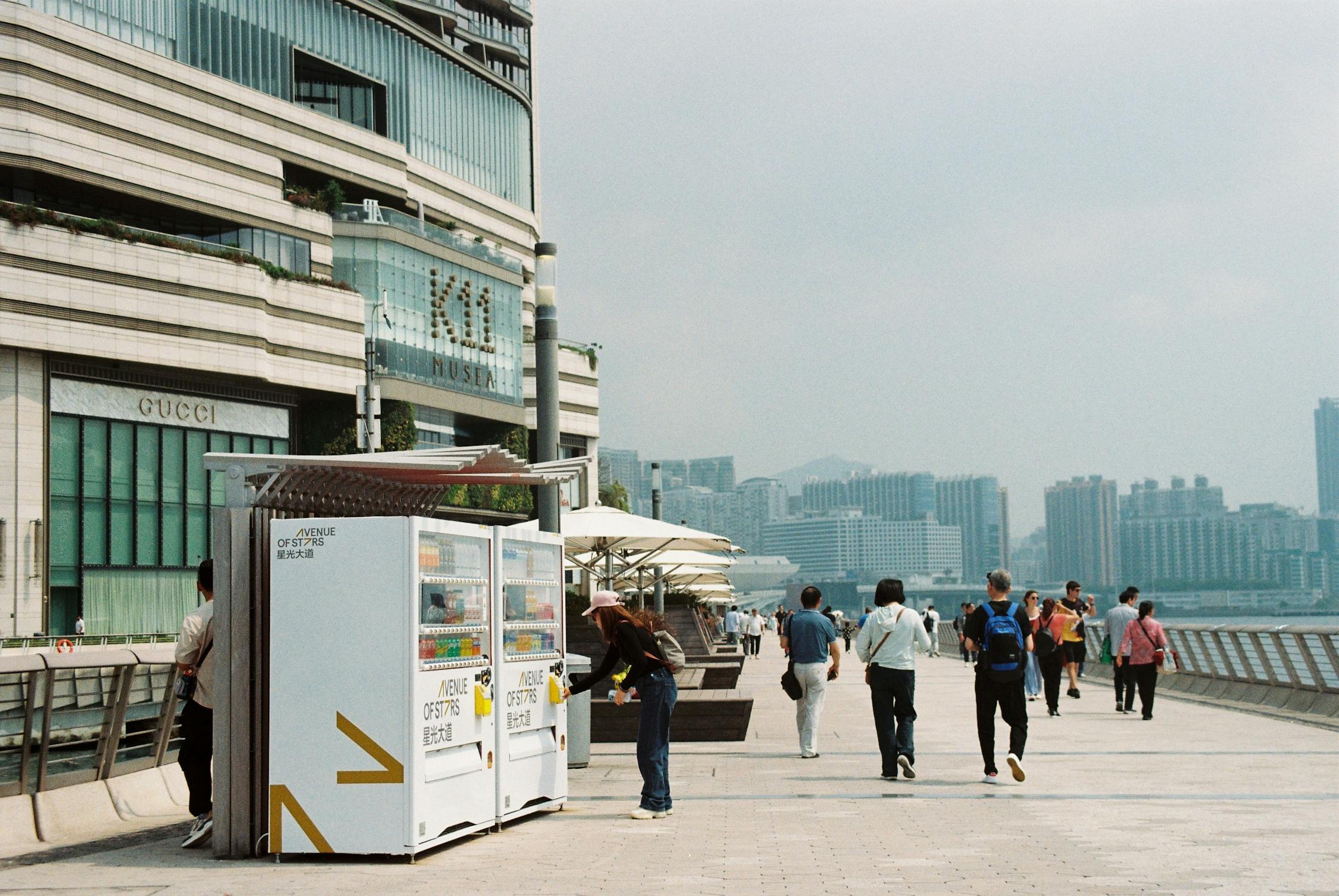Systemic vs Pulmonary Flow, Heart Blood Flow Steps, Endocardium vs Myocardium vs Pericardium, and Systole vs Diastole [MCAT, USMLE, Biology, Medicine] –
![Systemic vs Pulmonary Flow, Heart Blood Flow Steps, Endocardium vs Myocardium vs Pericardium, and Systole vs Diastole [MCAT, USMLE, Biology, Medicine] – Systemic vs Pulmonary Flow, Heart Blood Flow Steps, Endocardium vs Myocardium vs Pericardium, and Systole vs Diastole [MCAT, USMLE, Biology, Medicine] –](https://join-the-game.org/wp-content/uploads/2022/10/Systemic-vs-Pulmonary-Flow-Heart-Blood-Flow-Steps-Endocardium-vs.jpg)
Love is in the air, my friends! In this lesson, we explore the circulatory system and share notes as part of the study guide series. We will explore the awesome heart! Topics include Systemic vs Pulmonary Flow, Heart Blood Flow Steps, Endocardium vs Myocardium vs Pericardium, and Systole vs Diastole.

What’s the difference between Systemic vs Pulmonary Flow?
Intro
- Thorax = includes heart enclosed within ribcage, a lung on either side, & diaphragm muscle underneath
Jobs of the heart:
(1) Systemic flow — Delivers the oxygen, nutrients, and other things that the cell needs to live; and takes away its waste (like CO2).
- Blood enters hear through the superior / inferior vena cava; the aorta sends it back out.
- Systemic flow includes coronary blood vessels around the heart that serve the heart cells itself.
(2) Pulmonary flow — Before sending blood out through the aorta, the heart sends it through the right and left lungs so it becomes oxygenated.
What are the Blood Flow Steps Through the Heart?
- Blood comes down from arms, neck, head (upper half) into superior vena cava of the heart, while blood from the legs, belly (lower half) into inferior vena cava. Both enter into the right atrium.
- After the right atrium, blood flows down into the right ventricle (through the tricuspid valve).
- From the right ventricle, blood passes through the pulmonary valve into left and right pulmonary arteries. These arteries travel through the lungs, where CO2 is exchanged for O2.
- The newly oxygenated blood then re-enters the heart through the pulmonary vein to enter the left atrium, after which it flows through the mitral valve to enter the left ventricle.
- From the left ventricle, blood flows through the aortic valve to enter the aorta, which sends it out to the body (aorta has branches into head/neck and each arm, through the midsection and then into each leg).
Check out this popular article on the heart blood flow pathway steps!
What are the Layers of the Heart? Endocardium vs Myocardium vs Pericardium
- Blood flow: RA —> RV —> lungs —> LA —> LV
- Atrioventricular valves help keep blood flowing (they’re the two valves between atria and ventricles).
- tricuspid — RA/RV
- mitral — LA/LV
- These valves face downward; are tethered to the walls by chordae tendinae (chords) and papillary, that keep the valves from flapping back and forth. Without these, blood would flow back in wrong direction during systole (ventricular contraction).
- The intraventricular septum is basically a wall that divides the left and right ventricles of the heart
- Has two different areas: membraneous area closer to the atria, and muscular area.
- One of the most common heart defects in infants is a hole in the membraneous intraventricular septum, so blood flows from left ventricle to right ventricle (big problem) — this is a called VSD.
- Heart muscle has three layers (starting inside heart —> out)

- Endocardium — thin layer that’s very similar to the lining of blood vessels; is what the red blood cells bump up against
- Myocardium — thickest layer. This is where all the contractile muscle is, and thus where a lot of the energy is being used up.
- Pericardium — a little thinner, has two layers with a gap in between them. There might be a little fluid in that gap, but no cells.
- This happens when the heart is growing in a fetus, it grows into a sort of ballon sac so a pancaked balloon surrounds the heart
- Visceral pericardium — layer closer to the heart
- Parietal pericardium — layer further from the heart
What are the Sounds of Love?
Describe the Lub Dub of the heart: Systole vs Diastole.

- Four valves of the heart: tricuspid, pulmonary, mitral, aortic.
- As blood flows from RA —> RV, blood (from a previous cycle) also flows form LA —> LV
- Mitral and tricuspid valves [atrioventricular valves] thus open simultaneously. And when these are open, the pulmonary and aortic valves [semilunar valves] are closed.
- Ventricles are then filled with blood, and so they squeeze (contract) to pump it out.
- Blood then flows through pulmonary and aortic valves from the ventricles. When those are open, the pulmonary and aortic valves snap shut.
- The shutting of valves makes the lub dub noise.
- Lub = first heart sound (S1) —> caused by T and M valves snapping shut
- S1 is when semilunar valves open; blood has just emptied from the atria into the ventricles.
- Dub = second heart sound (S2) —> caused by P and A valves snapping shut
- S2 is when tricuspid and mitral (atrioventricular) valves open. Immediately after S2, the atria and ventricles fill with blood.
- S2 indicates the beginning of diastole, so at the end of it; all valves are closed.
- Diastole is a complete relaxation of the ventricles, and represents the time lag between pairs of lub dubs, when the blood refilled from the atriums into ventricles
- Systole is the time lag between S1 and S2, during which heart pumps blood from the ventricles out, so AV valves are closed to prevent regurgitation into the atria..
- Lub = first heart sound (S1) —> caused by T and M valves snapping shut
Happy almost Halloween! 😀

Check out these popular articles 🙂
Circulatory System: Blood Flow Pathway Through the Heart
Ectoderm vs Endoderm vs Mesoderm
Psychology 101 and the Brain: Stress – Definition, Symptoms, and Health Effects of the Fight-or-Flight Response
Circulatory System: Heart Structures and Functions
Ductus Arteriosus Vs Ductus Venosus Vs Foramen Ovale: Fetal Heart Circulation
Cardiac Arrhythmias: Definition, Types, Symptoms, and Prevention
Upper Vs Lower Respiratory System: Upper vs Lower Respiratory Tract Infections
Seven General Functions of the Respiratory System
Digestive System Anatomy: Diagram, Organs, Structures, and Functions
Kidney Embryology & Development: Easy Lesson
Psychology 101: Crowd Psychology and The Theory of Gustave Le Bon
Introduction to Evolution: Charles Darwin and Alfred Russel Wallace
Symbolism of Shoes in Dreams

Support Us at Moosmosis.org!
Thank you for visiting, and we hope you find our free content helpful! Our site is run 100% by volunteers from around the world. Please help support us by buying us a warm cup of coffee! Many thanks to the kind and generous supporters and donors for doing so! 🙂
Copyright © 2022 Moosmosis Organization: All Rights Reserved
All rights reserved. This essay first published on moosmosis.org or any portion thereof may not be reproduced or used in any manner whatsoever
without the express written permission of the publisher at moosmosis.org.

Please Like and Subscribe to our Email List at moosmosis.org, Facebook, Twitter, Youtube to support our open-access youth education initiatives! 🙂






